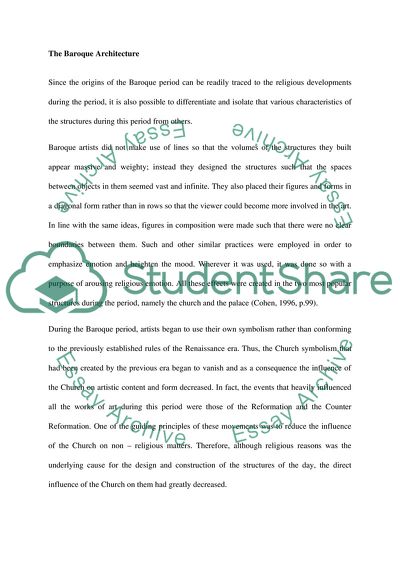Cite this document
(“Architecture in the Baroque period Essay Example | Topics and Well Written Essays - 2000 words”, n.d.)
Retrieved from https://studentshare.org/architecture/1574973-architecture-in-the-baroque-period
Retrieved from https://studentshare.org/architecture/1574973-architecture-in-the-baroque-period
(Architecture in the Baroque Period Essay Example | Topics and Well Written Essays - 2000 Words)
https://studentshare.org/architecture/1574973-architecture-in-the-baroque-period.
https://studentshare.org/architecture/1574973-architecture-in-the-baroque-period.
“Architecture in the Baroque Period Essay Example | Topics and Well Written Essays - 2000 Words”, n.d. https://studentshare.org/architecture/1574973-architecture-in-the-baroque-period.


